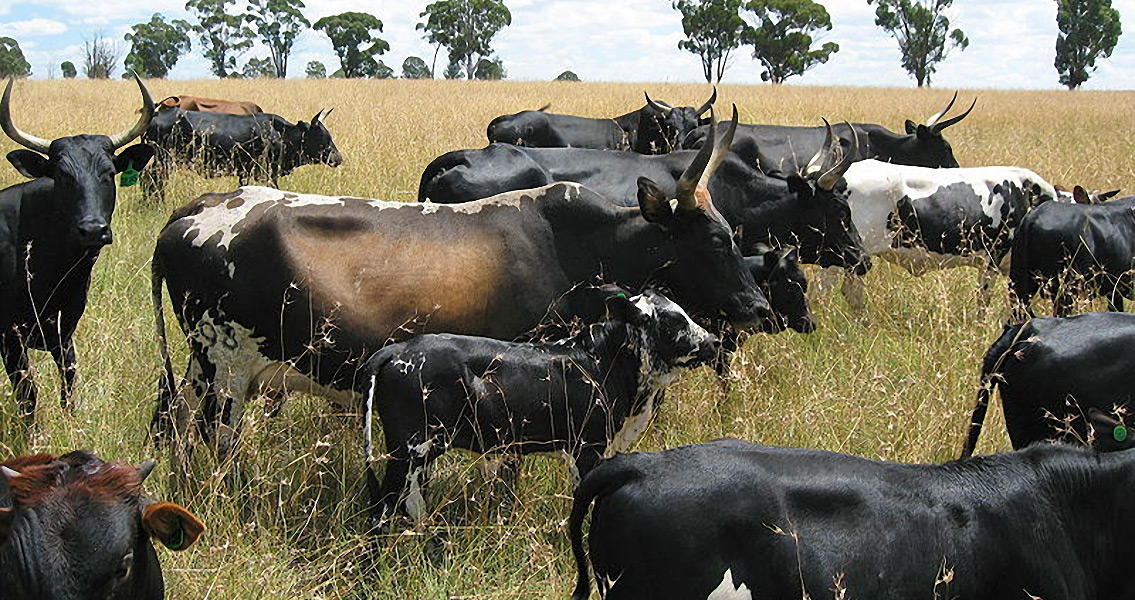<![CDATA[Up until recently, archaeologists used to think that Neolithic pastoralists in eastern Africa stopped migrating to the southern parts of the continent around 2,000 years ago, because of large-scale infestations of tsetse flies in the bushy regions along the way. Now, a new study seems to have turned this belief on its head. The research, led by anthropologist Fiona Marshall and isotope geochemist Kendra L. Chritz, suggests that those early cattle herders actually had access to grassland-dominated corridors that allowed them to conquer new lands safe from the fatal diseases carried by tsetse flies. Chritz, who is also a paleoecologist, and her team performed stable isotope analysis on tooth enamel taken from animal remains dating back 2,000 years. The remains were originally found on a site near Gogo Falls in eastern Kenya, by archaeologist Peter Robertshaw in 1983. The analysis, which reveals the so-called isotopic signatures of the animals’ main diet, showed that they ate predominantly grass, rather than woodland vegetation. This overturns the theory that the area around Gogo Falls was dominated by bushes, the sort of vegetation that the tsetse flies prefer, and the dominant flora in the area today. It seems, says Marshall, that instead of bushes, eastern Africa had sufficient areas covered with grasslands to constitute a sort of corridor, which the early herders could have used to move south with their animals, safe in the knowledge that tsetse flies would not infect them with sleeping sickness or nagana, both potentially fatal to humans and animals. This challenges the main tenet of the widespread theory that the insect effectively changed the course of human history by preventing early pastoralists from migrating to the south of Africa. The other interesting conclusion from the isotopic analysis of animal teeth is related to the diet of the people who lived in the Gogo Falls settlement. Previously, it was thought that the abundance of tsetse flies in the vicinity forced the locals to rely not just on domesticated animals but also on game. This new research, however, suggests that they had such a uniquely varied diet by choice. In addition to cattle, goats, and sheep, the Gogo Falls pastoralists also enjoyed fish and fowl. It is possible that they had picked up the seasonal hunting habits of groups of hunter-gatherers that lived in close proximity to them. What the researchers are now interested in is what brought about the transition from bush land to grassland in the region. More data is necessary before, if ever, all the factors at play are identified but among the likely ones are climatic changes, such as changed rainfall patterns, overgrazing from domesticated or wild large animals such as elephants and giraffes, and human intervention. Modern-day Kenyan farmers have the practice of burning large areas of bush land to create grazing grounds, and, say the study authors, they may well have had that practice 2,000 years ago. More research is needed to confirm this, but if it is proven that the grassland “safe corridors” were man-made, then they were most likely in the area around lake Victoria. The study led by Marshall and Chritz has been published in the Proceedings of the National Academies of Sciences. Image courtesy of Wikimedia commons user: Justin Jerez]]>
Cattle Teeth Challenge Theory about African Herder Migration
